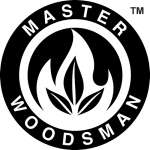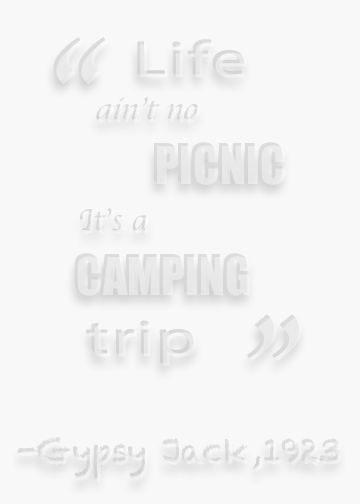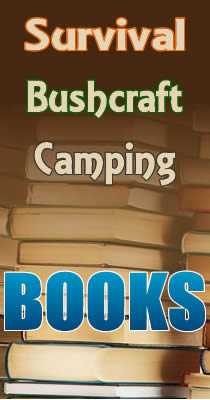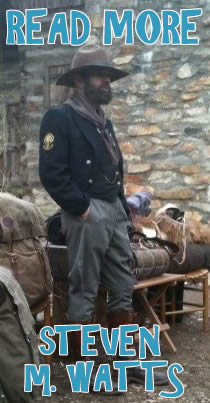For fire and its continuation (chain reaction) three components need to come together: heat, fuel and oxygen. So many folks into Outdoor Living Skills focus on the ignition or heat source. While obviously a critical component, the other two-thirds are equally important…
So let’s put ugly on the table. Can’t tell you how many times I have seen, or failed myself, at not establishing a fire the first time. We’ve all been there… hitting that tinder with a hot spark from a metal match, only to watch it briefly smolder and go out. Or, spinning out a coal from the bow or hand drill, dropping it into your tinder, then the all too familiar blowing that coal through the tinder bundle never to get flame.
If you say it hasn’t happened to you, you’ve only done it once or twice and got lucky, OR you are closely related to a wooden boy with a long nose.
Sometimes we get so wrapped up in the ignition source, we miss the other components. There are so many cool ways to generate that initial heat and add it to our tinder… lighter, matches, metal match, flint & steel, magnifying devices, fire piston, friction fire, charred materials, fungi and so on…
The following is about that other two-thirds, specifically preparing natural materials into the size, shape and arrangement they need to be and why. I hope you find this informative, but it won’t mean much, especially under less than ideal conditions, unless you practice. Fire is both an art and science. Here is some of the science; you have to get the art on your own.
Tinder should be dry and fluffy. Size, shape, and arrangement are all considerations that can’t be overlooked. Potential natural sources include but are not limited to inner-tree bark, bark, grass, leaves, woody stalks, wood fibers, seed heads, flower structures, and shaved (or scraped) wood. Often times these sources are combined.
- Size – simply put, larger fuel has a higher heat capacity than smaller fuel. In other words, the larger the fuel, the more heat needed to raise its temperature. The first heat, the pre-ignition phase, applied to fuel has to vaporize any moisture (and a few other substances). The more moisture, the more pre-heating required. Pyrolysis comes next; the degradation of chemicals from heat — for some organic materials, that can occur as low as 400*F, but we are going to have to get a lot hotter for flame. Using natural materials, our fuel temperature needs to be somewhere north of 572*F before the needed gases are released to take pre-ignition to flame — that temperature (combustion) varies by material, but is closer to 1,000*F (usually no lower than 800*F). Your average campfire burns north of 2,000*F. (**See below for temperatures and references)
- Shape, or the surface area-to-volume ratio. The more finely divided your fuel, the more surface area. Fuels with high surface area-to-volume ratios have lower heat capacity requiring less pre-heating for ignition. In your tinder bundle, think thread-like to dust for your target area of ignition if using less than a flame to start. The finer the fuel, the quicker it will dry out and ignite… and the more rapidly it will ignite surrounding more coarse fuels, assuming you have them arranged well…
- Arrangement – as an example, paper is thin and has a lot of surface area, as a flat shape and arranged as a book, it would be tough to light. The relationship of how you manipulate your fuel (size & shape) and have it arranged to the surrounding airspace (oxygen) is critical for the combustion process. There is an ‘optimum’ of how tightly (or loosely) you should pack your tinder. The best way to determine this is if you get your tinder to flame… duh! Realistically, the way to figure that out is through practice, remember that ‘art’ part of fire. Pack your tinder too densely, not enough oxygen, no fire. Pack it too loosely or in improper stages of fine to medium to coarse where heat transfer is insufficient (remember pre-ignition), no fire.
Putting this all together. There are several ways to build a tinder bundle, from a bird nest shape made of tree bark to bundling long grass and so on. We know that the size needs to start very small, thread to dust particles is advantageous if using less than a flame to start, and the fuel shape should have a high surface area-to-volume ratio, both to minimize heat capacity. As preheating is required, where we add our heat source (target area) should start with that very small fine fuel, then get larger. Label these fine, medium and coarse.
To build that tinder bundle it is easier to start with the larger pieces of fuel and work your way in to the fine for the popular bird nest design. The video below actually starts with a hand drill coal being added to a tinder bundle to demonstrate if built correctly, how quickly you can take to flame. The remainder of the video is the building of that tinder bundle from inner-tree bark, shown start to finish.
http://youtu.be/2RUqtDhWvUk
TIPS
- Note the weather. You may not succeed early in the day, but you may later when conditions are better. Weather is a critical factor for making fire. See our article Your Campfire and the Weather as it strongly relates to this article.
- Don’t take your modern man-made tinder out of your survival kit, even if you master this skill!
- Pick up tinder as you go through the woods to your camping spot.
- Check for dampness by holding to your lips or face, if it feels cool, it is damp.
- If you tinder is damp, place in your pocket as your body heat will help dry it out. You will be surprised at how well this works.
- Many folks have become comfortable only making tinder directly from wood with their knife. Scraping and shaving to the size (fine), shape (curls, shavings, dust) and arrangement to light with a metal match as an example. This is a fantastic skill, especially in wet weather. The tinder bundle deepens your survival kit — no tools are required to build it, and in some circumstances it may provide you with a wider choice of ignition sources.
*** Temperatures are mentioned here as a guideline. Based on what source you read, there is variability on average of less than 1%. There is also variability within the fuels themselves. Here are few suggested sources should you be interested: ForestEncyclopedia.net, Forest Fires: A Reference Handbook, LBFD Fire Training Center
NOTE: Some tinders were not mentioned in this article such as Fungi and Punkwood. We would love to see an article from someone on these subjects.









[…] Update 5/15/13 > related article > The Tinder Bundle […]
[…] details on the other two-thirds of the equation, please see THE TINDER BUNDLE […]
[…] Articles / Videos: Your Guide To Survival Using a Trash Bag < must read The Tinder Bundle That Fresnel Lens in Your Survival Kit Your Campfire and the Weather Collecting and Treating Water […]
[…] off, if you prepare your tinder properly, hot sparks from a metal match should ignite most natural tinders easily. However, there are […]